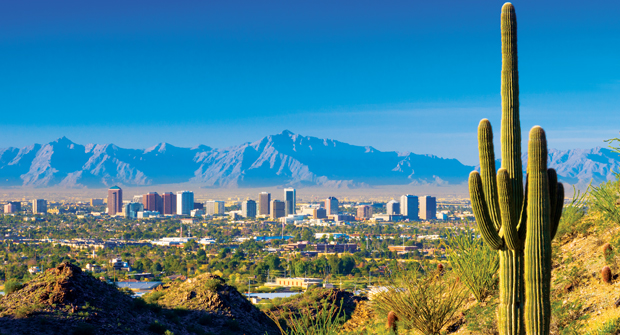This post is part four of LM’s “5 ways to improve your cash flow” series. Read on to part four, “Understand basic accounting,” here.
“Bill as you go” is the default invoicing method for many landscape companies. Problems with this tactic can stack up, especially for seasonal businesses that have little or no income during some months.
A few years ago, Chad Wheeler was a “bill as you go” guy. He’d invoice at the end of the month at net 30. That meant he wasn’t paid at all during some winter months and he may not be paid until June for a job done on April 10.
“It could be 60 days,” says the owner of Forest, Va.-based Dream Landscapes, which does less than $1 million in annual revenue. “And that’s not good business.”
In 2010, the company moved to getting maintenance clients on annual contracts (including mowing, aeration, clean-ups, etc.) and billing in equal month payments for the year. It’s been a good move for the 10-year-old firm, says Wheeler, whose clients are primarily residential.
About a third of Dream Landscapes’ clients are mowing and landscape maintenance customers and the rest are design/build. On the latter side of the business, the company gets a deposit before it orders materials and the job is paid in full upon completion. “We don’t do any payment terms with clients on design/build,” he says.
Back to maintenance: For two years he toyed with an April 1 to March 31 contract structure, but it didn’t work. “We’d send out the first invoice at the end of April, but we’d already had all of April’s expenses, and we might not get paid until late May,” Wheeler says. “We were in a constant crunch. Then the season would end in the middle of December and we wouldn’t finally see profit until the February or March payments.”
Now, clients are on a January to December payment cycle. Invoices go out the first of the month and are due in 30 days. In addition to the benefits of knowing what money is coming and when, Wheeler points out that he’s essentially getting prepaid for services that don’t occur until the fall, such as aeration and overseeding.
This format, combined with Wheeler keeping a close eye on a monthly cash-flow budget, has set up the company to get “out of the red” by April most years.
Some landscape professionals may say their customers won’t go for such an arrangement, but Wheeler says it’s worth looking into.
“If you’re nervous about losing clients by switching and you’re unsure how they’d feel, go talk to them,” he says. “Get their feedback and input before you make any changes.”
For his part, Wheeler plans to get even more aggressive in his invoicing policies.
“Spring season expenses are high,” he says. “Clients receive a significant amount of services and materials, including pruning, clean-ups and mulching.”
To cover these costs and get paid a month ahead, Wheeler’s proposing new clients be billed an entire month in advance, so they’ll pay the first two months on signing up. It’s no different than a cell phone contract, he says.
“You can’t go to Walmart and tell them you’ll cut them a check a month later,” he says, adding landscape services shouldn’t be treated any differently. “We’re not a bank.”

